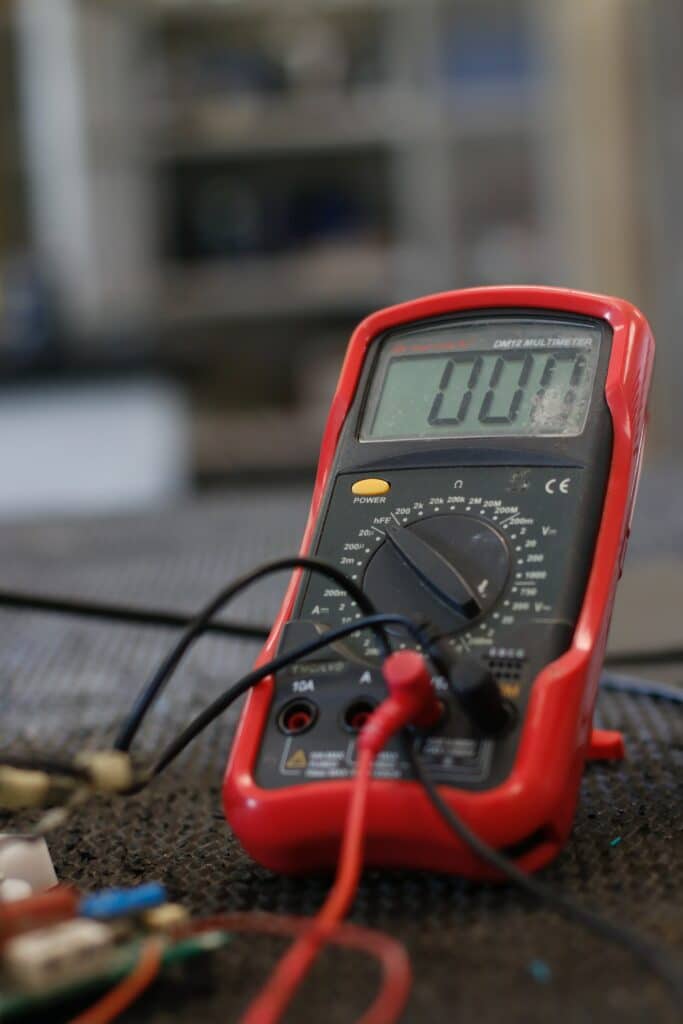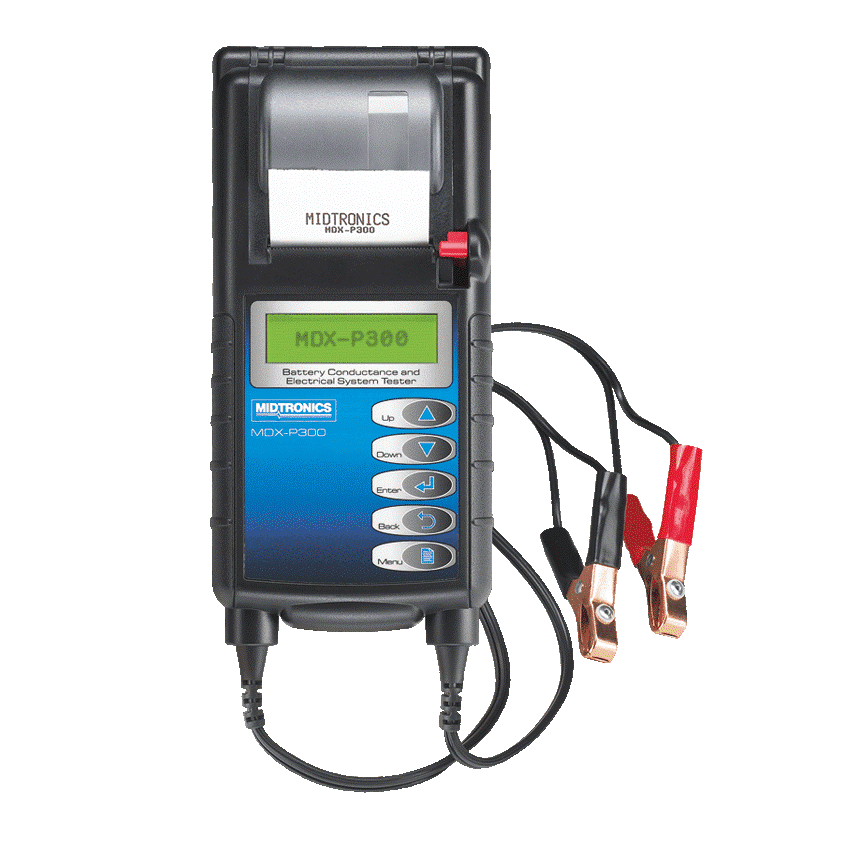
It’s no fun when your bike won’t start. But how do you know if the battery is the issue?
This detailed guide outlines troubleshooting, testing, charging and battery replacement options for your motorcycle. And if you need more help or a replacement, HOLLER FOR A MARSHALL at 1300 627 742.
This guide will help you check if your motorbike needs a battery replacement using two simple methods.
Table of Contents
Why would my bike battery die?
There are many reasons your motorcycle battery could die, such as
- Neglecting your battery or bike for a couple of weeks.
- Leaving the key on the ‘on position’ even for a few minutes.
Sometimes you may think you have a battery problem when it’s a wiring or electrical issue, and replacing your battery will not fix that.
The testing methods below will help you decide if it’s a battery problem or not (and there’s even some wiring and charging troubleshooting advice thrown in).
Should I charge or replace my motorcycle battery?
If the battery is the issue, you may be able to recharge it instead of buying a new one. But sometimes, it’s not going to come back for you.
You can use a multimeter or battery tester to see if your battery needs a rev or a rethink. We’ll get to that later in this article.
Can I replace my motorcycle battery? Or do I need a pro?
Yes, if you don’t mind getting your hands dirty, it’s generally possible to change a motorbike battery yourself. Check your bike’s owner’s manual to see how.
If you prefer someone else to do it, HOLLER FOR A MARSHALL at 1300 627 742
How often should a motorcycle battery be replaced?
The warranty period for many motorbike batteries in Australia is one year. The lifespan of a conventional acid-filled battery is two to three years on average, while a sealed AGM battery generally lasts around 3 to 5 years.
An AGM battery can last up to eight years, but our harsh Australian conditions mean that the best performance is generally within the first few years.
Can a dead motorcycle battery be recharged?
It depends on how dead it is! Using a multimeter or battery tester will tell you if it’s possible to recharge your battery or if it’s time to replace it.
This easy-to-read chart explains if your battery needs replacement or a recharge based on the voltage reading on a multimeter.
So the short answer is… it depends!
How much does it cost to replace a motorcycle battery?
A good quality motorcycle battery in Australia will cost around $195 and $300. At Marshall Batteries, we pride ourselves on our competitive rates, which start at $181.
For an exact quote, go to our motorbike battery range, select the relevant battery and click ‘Get Quote’. For urgent roadside assistance, call 1300 627 742.
Need to see what the best battery replacement is out there? We’ve put together this comprehensive guide comparing the best battery replacement providers out there including Marshall, NRMA, RAC, RACV and more.
Check it out and make a well-informed choice.
How can you test your motorbike battery?
There are two ways to test your motorbike battery. They are,
Detailed Guide: Testing your battery with a multimeter (a little complex!)
The multi-tester method is more complex than the easy battery-tester method below but gives more detailed troubleshooting information.

The first method we’re going to use with a multimeter. A multimeter measures voltage, current and resistance.
You can use it to troubleshoot anything from motorcycle batteries and wiring issues to anything electrical in your home or shop.
Multimeters will help you in the long run throughout your life as they become something that you always appreciate having.
- To use a multimeter to test your bike, wait about a half hour after your last ride.
This is to ensure your battery is at an average stable level and isn’t spiked up because you were just revving it on the motorway.
- Now, you’re going to need to access your battery to do this.
For some, this would mean lifting to reach the gas tank or taking off some fairings or panels or lifting your seat.
- If you have the pigtails for battery chargers, you can take advantage of their being a positive and negative terminal and test from there. Let’s see how to do this.
Step 1: Set your multimeter to 20 volts DC.
Step 2: Take the battery charger pigtails and put the red probe on the positive terminal and the black probe on the negative terminal.
Step 3: Check the screen; you’ll see a reading right there. This reading will show you the voltage, indicating how charged the battery is.
What you want ideally is a number to be over 12.6 volts.
For example, if your reading shows 12.95, the battery is 100% charged.
- If you’re seeing anything over 12.4, you might be okay. But your battery will be dangerously low if you see just over 12 or under 12.
If, after charging your battery, the reading still doesn’t get back up to at least 12.6, you need to replace it, not recharge it, or it will leave you stranded.
How to read a multimeter for motorbike batteries – A super-simple chart
Here’s a helpful chart to understand what each voltage reading means,
| VOLTAGE 12.73 or higher |
LEVEL OF CHARGE 100% |
WHAT TO DO Perfect Go ride your bike |
| 12.62 12.5 12.32 12.2 12.06 |
90% 80% 70% 60% 50% |
Charge first, then ride. |
| 11.9 11.75 |
40% 30% |
Try to charge it, but it might be a goner |
| 11.58 11.31 10.5 |
20% 10% No meaningful charge. |
Battery is weak, and needs to be replaced Holler for a Marshall at 1300 695 717 |
Detailed Guide: How to check your bike’s charging system with a multimeter.
While checking the voltage, you should also check your bike’s charging system.
If you can start the bike, start by just turning the key. When you start the bike, the voltage will drop before it goes up.
The drop happens because the bike would initially be powering the dash. So it’s drawing a little bit of power from the battery.
When you hit the starter, the voltage will drop and spike up again.
When you hit the starter, your voltage will go back up; it will spike even more if you start revving up the bike.
If you’re not seeing that, you probably have an issue with your charging system, and you may or may not have a problem with your battery.
So it’s important to check the system before checking if your batteries still need replacing.
But what if you don’t have a multimeter or all the voltage numbers are too confusing?
Relax; there’s a much easier way.
Detailed Guide: Testing your motorbike battery with a battery tester (easy!)
Using a battery tester is the easiest way to check if your motorbike battery needs replacing.
Unlike a multimeter, you can only use a battery tester for one purpose– you can’t use it to find a short or test your home electricals.
It’s also more expensive than a multimeter. A good tester costs around $100-$150, while a multimeter tester would cost something between $25 to $50.
But what it does, it does really fast and really well.

A battery tester will quickly tell you if your motorbike battery can be recharged or need to be replaced- this is done by using the adjustable load test as the gauge.
The battery tester measures the voltage drop when a voltage load that’s half the battery’s CCA rating is used.
How do you use the battery tester?
Make sure that when you do the test, the ambient temperature is not below 20⁰C.
The load is applied for about 15 seconds, and the voltage drop is measured.
If the drop reading does not fall below 9.6 volts, your battery is in good condition and does not need to be replaced.
For example,
Your battery has a Cold Cranking Amp (CCA) rating of 600. (visit this guide if you don’t really know what a CCA is)– If you apply 300 amps load for 15 seconds and the measured voltage doesn’t drop below 9.6 volts- your motorbike battery is all good to go.
Buying a multimeter or a battery tester can save you a few bucks from buying a motorcycle battery you may not need.
But if you need to replace your motorbike battery, here’s what to do.
HOLLER FOR A MARSHALL
Marshall Batteries is your best option for motorbike battery replacement in Australia.
Find out why by comparing the pricing from different battery replacement providers in the country including NRMA, RAC, RACV and the likes.

